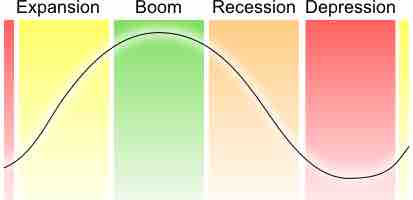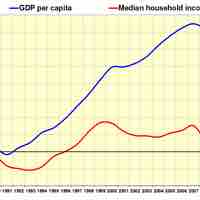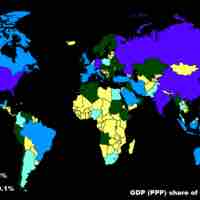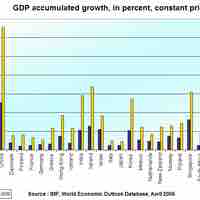Section 2
Assessing Growth
Book
Version 3
By Boundless
By Boundless
Boundless Economics
Economics
by Boundless
4 concepts

Calculating Economic Growth
Economic growth is the increase in the market value of goods and services produced by an economy over time; the percentage rate of increase in the GDP.

Growth in the United States
The economy in the United States is the world's largest single national economy; 2013 GDP estimation was $16.6 trillion.

Growth in the Rest of the World
On a global scale, economic growth is the sum of the growth of individual countries to give a worldwide total.

Catch-Up: Possible, but not Certain
Developing countries can catch up to developed countries by achieving growing faster, which is determined by a wide number of country-specific factors.